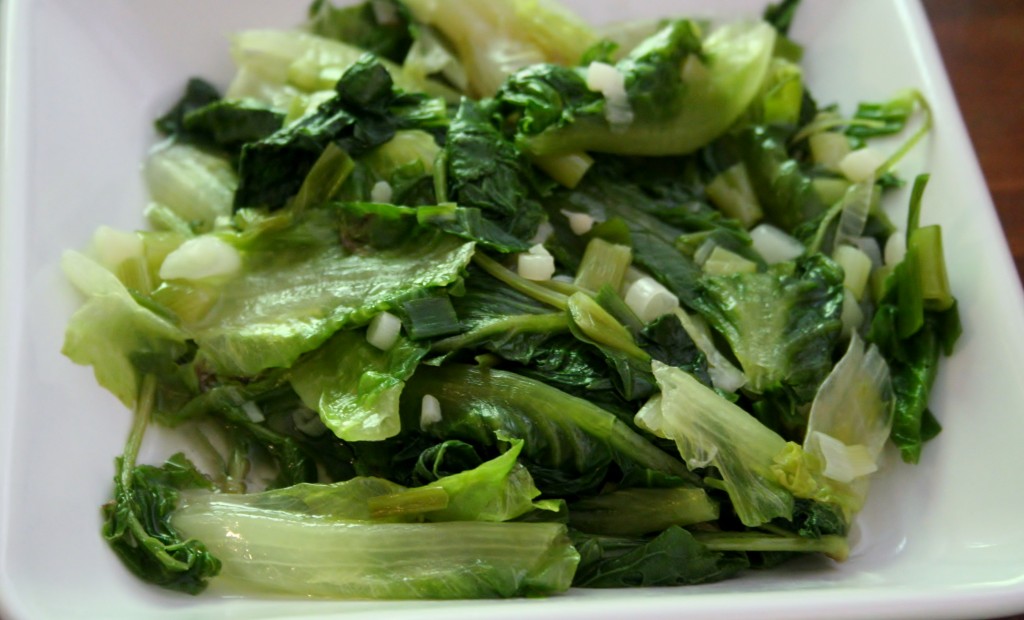Slow cooking: It turns tough meats tender and brings out delicious flavor in vegetables. The only downfall is that, as you might expect, it takes a long time.
Nothing creates a sense of well-being like a barely simmering braise or stew cooking quietly on the stove or in the oven. The warm aromas wafting in the air are deeply comforting. Dinner it cooking. A simple and economical cut of meat is slowly altering in moist heat, gradually reaching a state of falling-off-the-bone tenderness, surrounded by a rich and tasty sauce.” — Alice Waters, The Art of Simple Food
There are couple of shortcuts that one can take; for example, you can try pressure cooking (which, although speedy, doesn’t have quite the same effect) or using a slow cooker (which can dry out the meat if you’re not careful).
What exactly is a braise? Keys to Good Cooking defines it as “cooking meats partly immersed in liquid that will become their sauce, in a covered pot.” Alice Waters describes meats cooked this way on the bone as a braise; off the bone in pieces as a stew. Both books suggest that cooking in an oven may provide better control over the temperature.
Here are some additional tips from Keys to Good Cooking: A Guide to Making the Best of Foods and Recipes:
- beware of recipes that call for an oven temperature over 180F (hence the reason many slow cookers dry out and toughen meat). At 180F, the meat will braise or stew in a few hours; at 140-150F, it will take a day or more.
- braise and stew in the oven whenever possible, as the heat is more even.
- once the meat is done, stop the cooking. Remove it if you need to boil down or thicken the liquid.
- cool and store the meat in the liquid, as some of it will reabsorb.
Have you done any braising or stewing?
This post shared at Kitchen Tip Tuesday



What's on your mind?